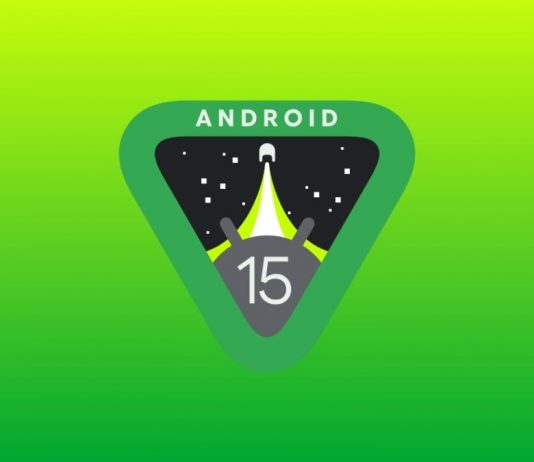Second developer preview of Android 15 has unveiled the ability to send and receive SMS messages via satellite connections.
According to the change log, Android 15 is set to broaden the platform’s compatibility with satellite communications, allowing applications to detect satellite connections and adjust their functionalities accordingly.
This new feature is pivotal for areas where conventional network services are unreliable or unavailable, providing a lifeline in remote and underserved regions. The update will enable SMS and MMS applications, as well as Rich Communication Services (RCS) apps pre-installed on the operating system, to utilize satellite connections for messaging purposes.
Google’s integration of this technology is likely to be prominently featured in its default messaging app, Google Messages, which is the main text messaging service for the majority of Android smartphones. These devices, especially those with Google’s services pre-installed, will benefit from the enhanced connectivity options.
A screenshot from the Android 15 preview illustrates how users will be informed of their satellite connection status through a system notification. This alert will notify users that they can send and receive messages without the need for a mobile network or WiFi, enhancing the user experience and providing a seamless transition between different types of network connectivity.
The introduction of satellite SMS in the Android 15 could pose a challenge to existing services such as the Emergency SOS feature on iPhones. Although Qualcomm had previously attempted to develop similar capabilities with their Snapdragon Satellite, it was ultimately abandoned due to a lack of interest from manufacturers. However, the introduction of this technology in Android 15 may change this situation.
However, the availability of satellite SMS on Android 15 does not guarantee universal access to this feature. The functionality depends on the readiness of mobile providers and the presence of necessary infrastructure to support satellite communications. Companies like Starlink are at the forefront of this technological evolution, experimenting with Direct to Cell technology to enable satellite connectivity on mobile phones equipped with LTE capabilities. These efforts, in collaboration with network operators such as T-Mobile, Rogers, Salt, and Entel, are setting the stage for a future where mobile phones can directly connect to satellite networks.


